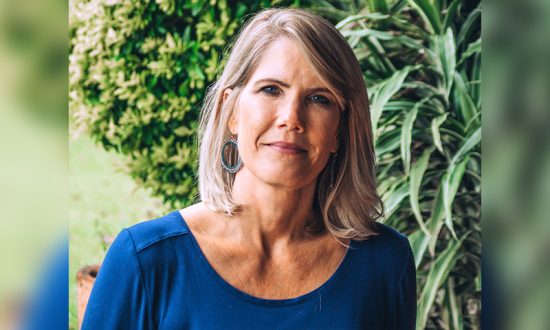Tracy Kirsten has been an educator for more than 30 years, teaching both Biology and Physical Sciences to high school students from Grades 8-12. She currently teaches at St. Mary’s DSG, an independent school for girls, situated on the outskirts of the city of Durban, in South Africa. Tracy is committed to empowering young women to follow and act on their passion for the sciences, to challenge gender and racial stereotypes and help shift the male scientist paradigm that has existed for so long. She believes that inquiry-based learning, stimulating curiosity and continuously re-inventing her teaching methods is the golden thread to achieve this.
As a fan of the singer-songwriter, Chris Rea, I have always loved the title of his album, New Light Through Old Windows; the shifting play of light through the windows on the album cover evokes images of hope and possibility – the ability to reimagine and reinvent one’s self. In the here and now of 2021, following a seismic shift in education, these words have become profoundly personal to me and symbolic of the reawakening and rekindling of my passion and my purpose.
When a level 5 lockdown was announced in South Africa last year and we had to revert to fully remote teaching, there was a collective gasp from teachers all over the country, and a scramble to become edified in the art of digital instruction. As an ‘older’ educator, I considered myself fairly au fait with most of the commonly used technology. However, when faced with the enormity of the task ahead of me, I was overwhelmed and contemplated walking away from the profession to which I have dedicated 30 years of my life.
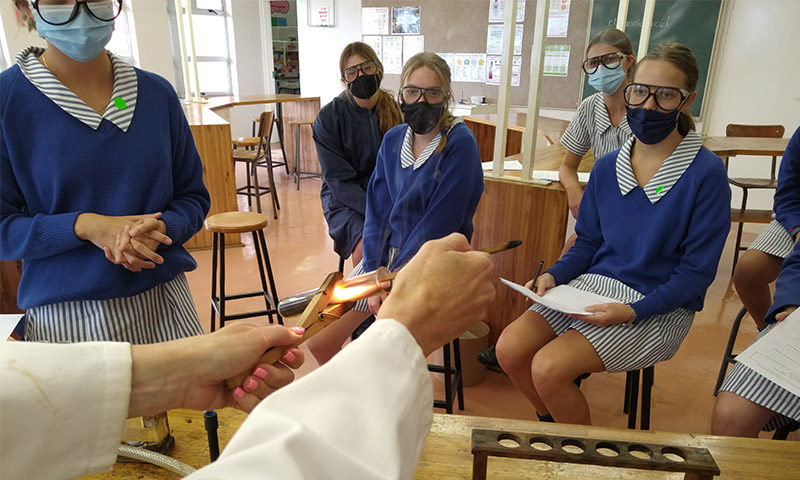
I have much experience in the classroom, having taught Biology and Physical Sciences in several very different high schools. Due to various circumstances over the years, not least in trying to cope with the demands of a voluminous curriculum, I have been through stages where I was just going through the motions of standing in front of a classroom and imparting knowledge. Teaching had become somewhat like walking through a desert for me – a parched and arid landscape where survival is your only focus, and the clouds bringing life-giving rain are nowhere on the horizon. I had become good at survival mode in the desert, but perhaps this was the time for me to surrender my teaching career to the desert.
After many pensive nights, I decided to embrace my growth mindset, and draw on the inner strength that has made me who I am. I joined social media groups of teachers from all over the world, read many articles, went to numerous training sessions, watched countless YouTube ‘how to’ videos, and was mentored by various experts in their fields. I surrendered myself to faith and hope instead of allowing the voices of the desert to take over. It started to rain on that desert of mine…slowly at first, and then a deluge. My teaching desert was irrigated again, and new life started to emerge. My thirst was quenched by a different kind of rain.
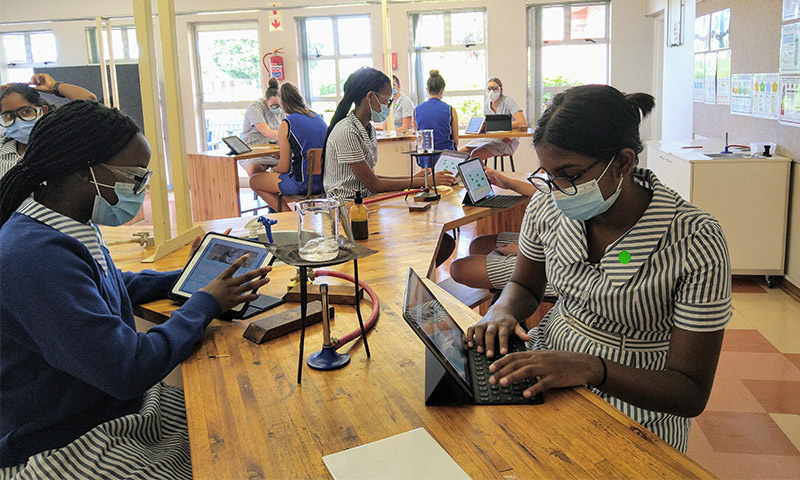
The problem, I believe, is that many science educators, like me, have become disillusioned, as we have lost sight of taking the time to allow our students to drink in the wonderment and awe of science. We have become more concerned with pushing content than stimulating curiosity. By the time a student has reached Grade 10, (15 years old, in South Africa) their mindset should already be one of growth and creativity. They should be developing innate curiosity, be starting to think critically, and taking ownership of their learning, for the sake of learning itself.
When I think of the years that I sat in classrooms without my curiosity being sparked, or not sparking curiosity, my reawakening has made me determined not to perpetuate this practice. We should be extracting thinking from students to empower them to identify what they need to learn. Posing more questions requiring creativity, evaluation, analysis, and critical thinking to revert to student-centred classrooms is what we should be aiming for. Teaching students that a scientist is not so much concerned about getting answers, as asking better questions. We should aim to use inquiry-based learning. Many of us already think we do this, but after what I have learnt over the past year, I believe we can do it so much better, and be intentional about how we do it.
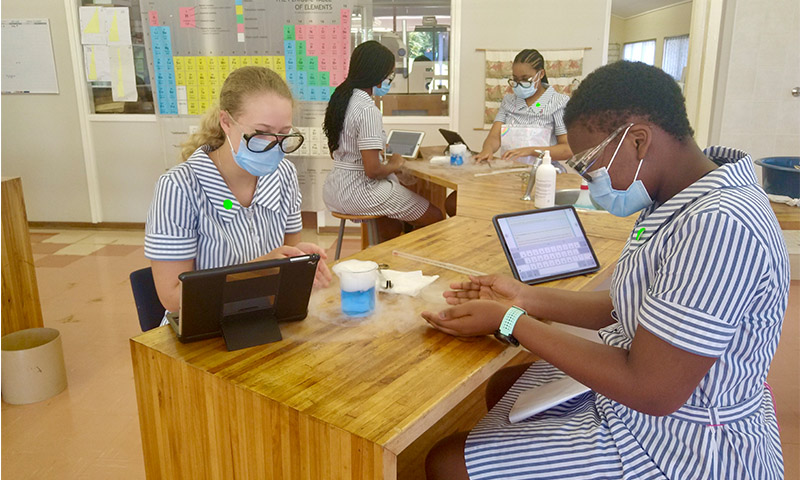
Many will be familiar with the official phrase, Inquiry-Based Learning. From a student point-of-view, inquiry-based learning focuses on investigating an open question or problem. The students use evidence-based reasoning and creative problem solving to reach a conclusion. From a teacher point-of-view, inquiry-based teaching focuses on moving students beyond general curiosity into the realms of critical thinking and understanding by asking the right kind of questions and supporting them through the investigation process.
The 5E Model of Instruction for inquiry-based science education, developed by curriculum-building and STEM education experts Rodger Bybee and Nancy Landes, embraces these principles. I have tried to incorporate this model in five digital science books I wrote to use with my Grade 8 students (13 years old), using a dynamic and innovative EdTech programme called NODMA (www.nodma.com). Using these principles in my e-books enabled my students to enjoy virtual experiential learning in an exciting and engaging manner, which sparked their curiosity. This has been another factor in rekindling the fire in my teaching.
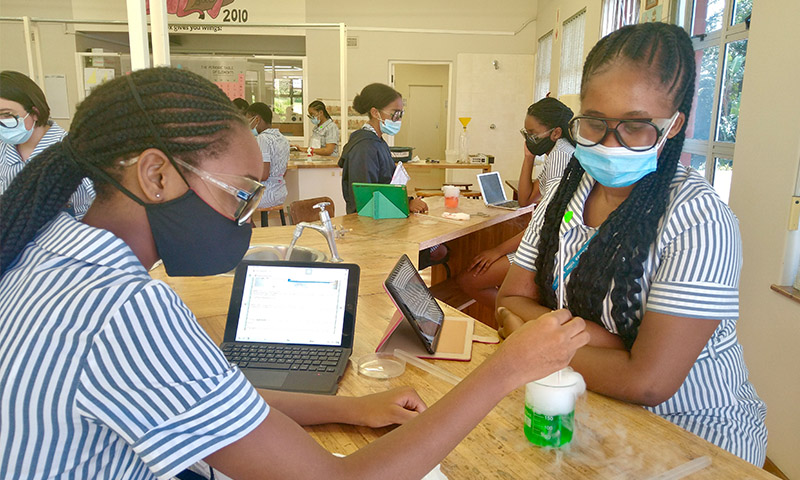
The 5E Model provides a carefully planned sequence of instruction that places students at the centre of learning. Teachers first ENGAGE students by probing for prior knowledge, probing curiosity, and making them wonder. Next, there is EXPLORATION by the students themselves, using their processing powers through observation. Only then does the teacher EXPLAIN what they have experienced, introducing the correct terminology for the first time, linking patterns observed. There is then ELABORATION, an opportunity to test ideas and apply their knowledge. Finally, there is EVALUATION, an opportunity to reflect on and review the whole process.
The interactive e-books that I created encouraged my students to explore and experience the science for themselves before I explained it. I used to be the prime culprit of NOT doing this, because I was too impatient to impart my knowledge to them. We, as teachers, should not actually be the source of knowledge, merely the facilitators. Too much content pushing often leads to disengagement on the part of the students, training the students to be helpless and dependent on ‘spoon-feeding’ from the teacher. ‘Explore before Explain’ should be our mantra, to pull ideas out of students. To use Newton’s 2nd Law as an analogy, the resultant force of learning should produce the acceleration of our students to analyse, synthesise and evaluate as a result of the pulling force of thinking from the students minds being stronger than the pushing force of content by the teacher.
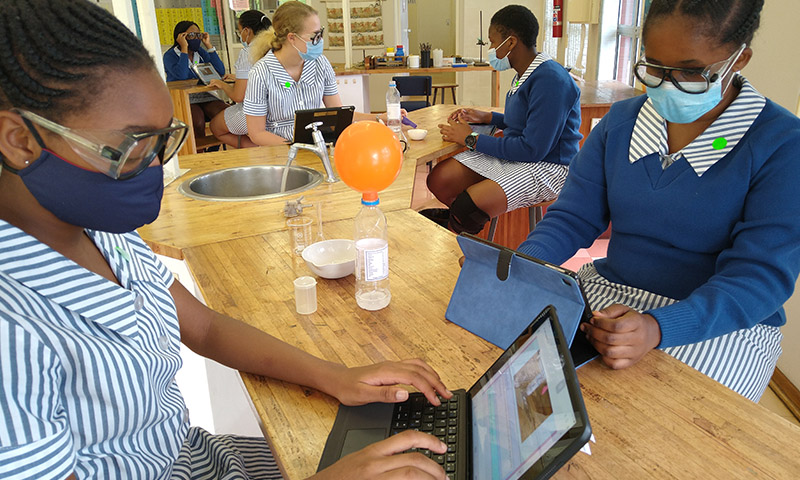
Dr Mark Salata, a science pedagogy expert based in San Diego, has inspired me to use inquiry-based science education more effectively, and to rekindle curiosity in my classroom once again. He has provided endless hours of mentorship and sage advice in the use of the 5Es, and tutorship in the NODMA programme.
A culmination of these different influences has been the spark to my embers, and the rains to my drought. This is what has inspired me to alter my pedagogy with my Grade 8 students, to transform their learning to be more student-centred. After planting these seeds with my junior grades and seeing the fruits of my efforts, I was now challenged to do the same in my senior grades. It has crystallised how I frame my lessons and it has sparked more curiosity, engagement, and metacognition amongst my students.
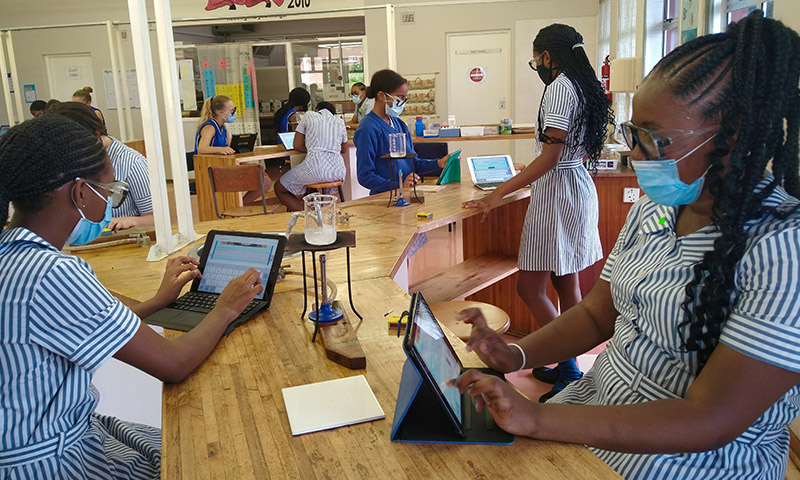
The NODMA programme has provided greater autonomy for my students and some ownership of their ideas by giving them their own books – books that are much more about reflection and sharing ideas, interactive presentation and engagement than any textbooks could be. Moreover, it is in their currency – their own digital science diaries, designed and delivered in such a way as to personalise their learning experience. I have found it especially effective with teaching girls, as a tool to help me advocate gender equality in the sciences. Historically, science has been a male dominated world, and I am committed to try to help girls believe they can DO science and contribute towards the shift to a society where girls can also feel they are true scientists.
Learners are made, not born. We are lifelong learners, as all teachers have discovered in the last year. Philosopher Henry David Thoreau was the epitome of a lifelong learner. Thoreau was known for his ability to inspire students, and to foster creativity. He believed education should inform a community’s ethos, turning all members of society into a team of mutually supportive learners. “I am still a learner, not a teacher, feeding somewhat omnivorously, browsing both stalks and leaves.”
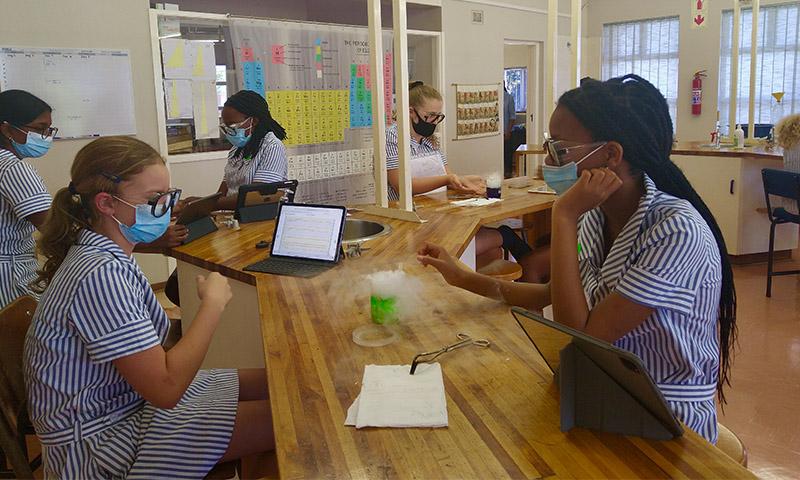
My aim is to be a teacher who keeps on learning, inspiring and motivating my students to greater heights. Curiosity is a spark to a flame, a powerful driving force in teaching. I want to encourage you to fan that spark to ignite the fire in your students and thereby reigniting your passion. No matter what your style of teaching is or has been, it is never too late to learn and try new approaches to make a difference in science education, for current and future students.
Journey together with me, along the path of perpetual learning. I am no longer alone in that desert landscape. There is water, and seeds that are growing into firmly rooted trees. I am building houses in that desert, with concrete walls of new ideas. I have kept the old windows in my houses – they have character, texture and were made to last. New light is shining through my old windows.




